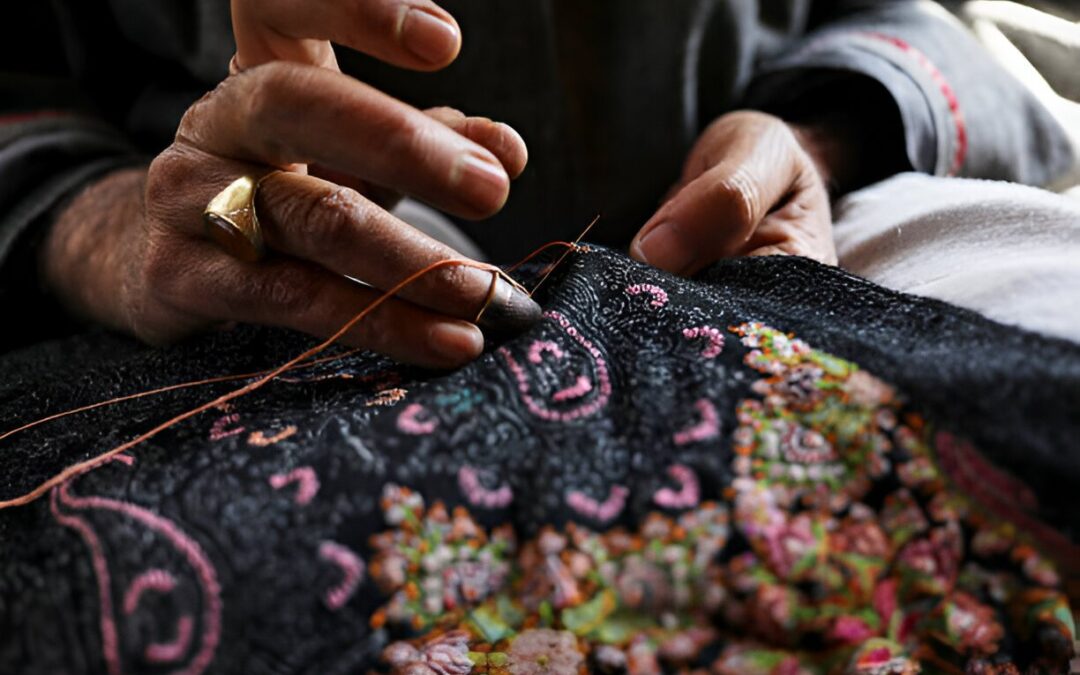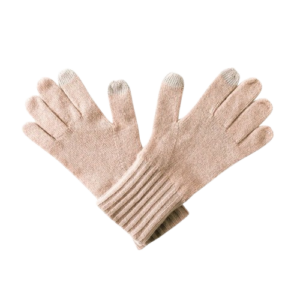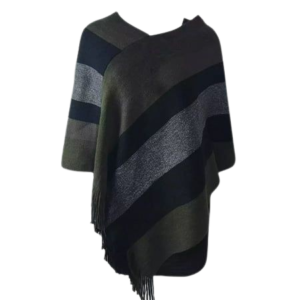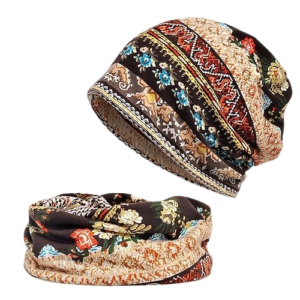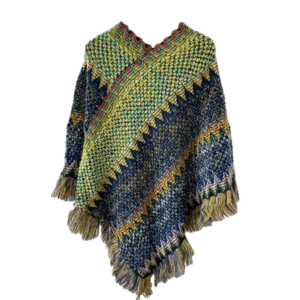Pashmina translates to luxury, warmth, and timeless elegance. Behind each pashmina shawl, though, is a story of tradition, artistry, and meticulous craftsmanship that has been polished over many centuries. Whether you are into fashion or enjoy beautiful fabrics, learning about pashmina origins and how they are made will enrich your appreciation of this remarkable fabric.
In this blog, an attempt is made to comprehend more about pashmina, right from its origin in the Himalayas to the minute details that comprise one single piece of it.
The Origins: Where It All Begins
Pashmina hails from the highlands of the Himalayas, where a type of goat known as the Changthangi of Ladakh in India produces a fine undercoat of wool, known as “pashm.” In fact, the word “pashmina” actually comes from a Persian word, “pashm,” which loosely translates to “soft gold.” The name is right on target, as this is one of the most luxurious fabrics in the world.
These goats are well-adapted to the extreme cold of the Himalayas, and it is this harsh environment which prompts the growth of their soft, warm undercoat. Every spring, as temperatures rise, the goats naturally shed this undercoat, which is carefully collected by local herders. This raw material is the starting point for every pashmina shawl.
The Art Of Weaving: A Tradition Passed Down Through Generations
From pashm to the pashmina shawl, it is a labor of love that requires extraordinary skill and much patience. It is said that the art of pashmina weaving is over 600 years old and has been transmitted down generations of artisans in the Kashmir region of India.
Spinning: The cleaned pashm is hand-spun into yarn. The fineness of the fibers makes the spinning of pashmina fragile; the experienced spinners take extra care in converting the pashm into fine threads with the help of traditional wooden spinning wheels called “charkha.”
Weaving: Once the yarn has been prepared, it is given to the weavers, who create the fabric on traditional handlooms. The weaving process is so elaborate that every shawl takes a few weeks, and sometimes even months, to complete, depending on the intricacy of the design. Weavers sometimes incorporate very durable patterns into the shawls, some of which are handed down through generations, making each piece unique.
Dyeing And Embroidery: After the pashmina shawl has been woven, it may be dyed with natural or synthetic dyes. Some shawls are left in their natural undyed condition to showcase the purity of the pashm. Additionally, artisans often add intricate embroidery, enhancing the shawl’s beauty and adding unique decorative elements.

Recognizing Authentic Pashmina
Ever since pashmina gained worldwide popularity, the market has found its stream of imitations and mass-produced replicas. Genuine pashmina is supposed to be soft, warm, and light in weight. The really genuine shawl is made up of 100% pashm wool and is always handmade, which is one more reason these would cost higher than those fake ones.
While purchasing any pashmina, the trader must get certification of authenticity of the fabric. Because of fineness, the real pashmina can easily pass through a ring, and the texture is exceptionally soft to touch.
Global Appearance Of Pashmina
From its utilitarian roots, the Pashmina shawl has grown to become a symbol of high society and taste in the fashion world. Celebrities, royalty, and icons of fashion have long loved pashminas, which are thrown over the shoulder on numerous high-profile occasions or worn as part of everyday attire.
The essence of pashmina, however, remains deeply engrained in the traditions of the Himalayas despite its greater popularity today. Each shawl carries with it the legacy of artisans who have dedicated their lives to this craft-a preservation of an art form as much about culture and heritage as it is about fashion.
Conclusion
A deeper understanding of its origins and craftsmanship implores greater appreciation for these exquisite shawls. First and foremost, they are a lot more than just a fashion accessory: history, a testimony to the skill of Himalayan artisans, standing for a craft that has stood the test of time. The next time any person wraps a pashmina around themselves, it will not only be because of the warmth that it generates but the effort which went into weaving it into a piece of history.

